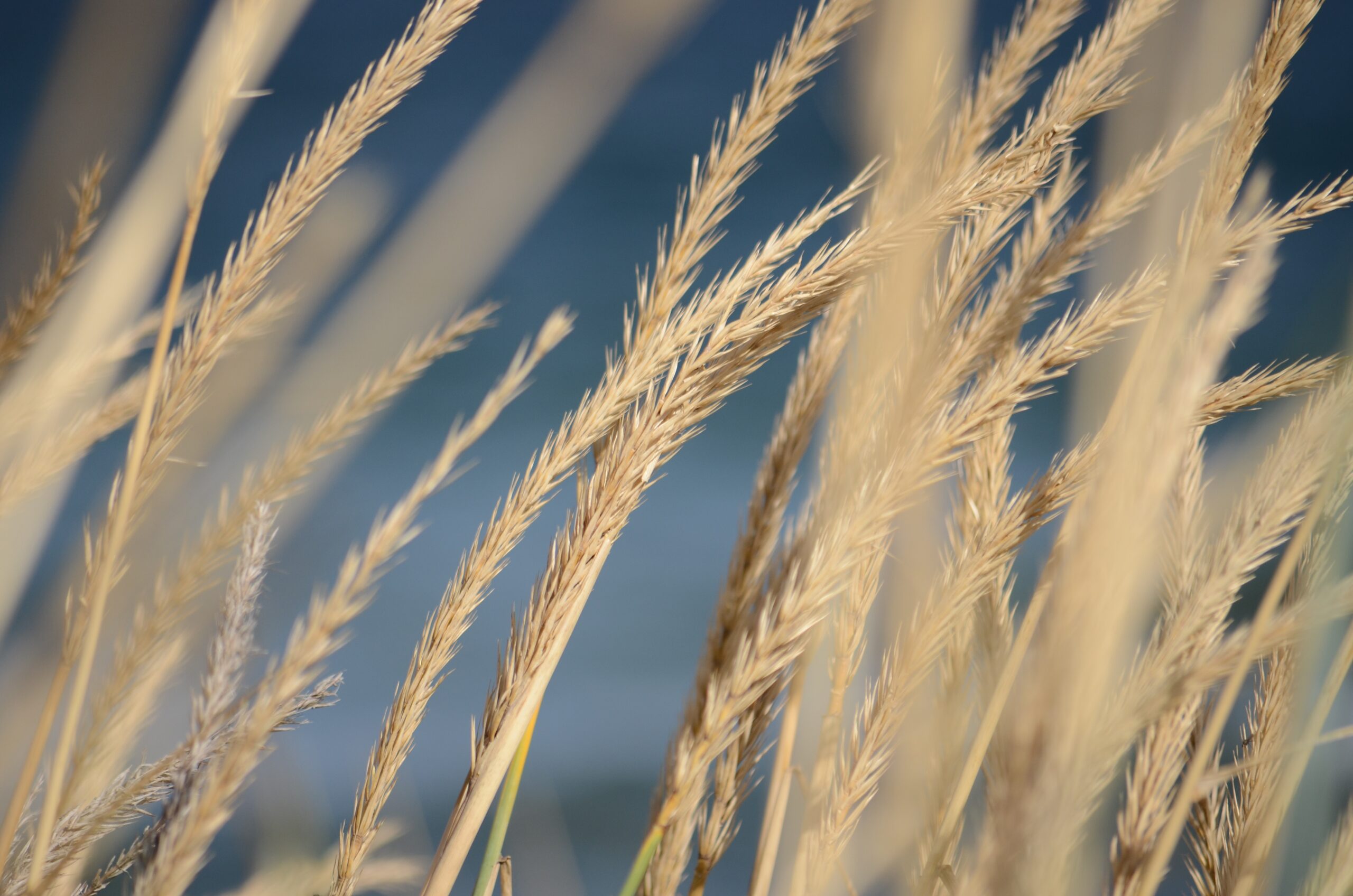Reduce Emissions From Rice
Environmental Defense Fund
In rice farming, it is critical to understand how different intensities and frequencies of intermittent flooding can result in releases of methane and nitrous oxide, two potent greenhouse gases. Companies should explore engaging their rice farmers in their supply chain on sustainable methods like shallow or mild-intermittent flooding and optimized fertilizer management to mitigate these emissions.

Companies with rice production in their value chains should recognize the large impact that rice farms have on global GHG emissions. Although mitigation best-practices are still evolving, companies should work with their suppliers to identify mitigation opportunities. Rice farms that are continuously flooded operate similarly to wetlands and generate roughly 8% of anthropogenic methane (CH4) emissions,1 a potent but short-lived greenhouse gas. Currently, global rice farms produce approximately 50% of all crop-related greenhouse gas emissions,2 and rice has the highest climate impact per calorie of any crop. However, this estimate only accounts for the widespread use of continuous flooding in most rice fields and does not include nitrous oxide (N2O) emissions, which recent scientific publications have brought to the forefront.
Understand Rice Emissions
Intermittent and continuously flooded rice farming refer to two different methods of irrigating rice fields. Continuous flooding involves maintaining a constant water level in rice fields throughout the growing season. This method requires more water than intermittent flooding and can release higher levels of methane due to the constant anaerobic environment. On the other hand, intermittent flooding involves flooding rice fields for a certain period and then draining the water. This cycle is repeated periodically throughout the growing season and is often used as a strategy to save water and lower methane emissions.
However, recent research3 shows that although the intermittent wet/dry method can lower methane emissions, if there are too frequent transitions between wet and dry conditions, it can lead to an increase in the release of nitrous oxide – a longer-lived greenhouse gas. High frequency wetting and drying cycles in rice farms were found to result in up to 45 times more nitrous oxide emitted compared to the maximum from continuously flooded farms. This is a big concern in areas where flood management and hence frequency of wet/dry transitions are difficult to control. To help rice suppliers with the trade-offs between emissions of methane and nitrous oxide, we highlight below a sustainable rice farming practice that EDF has seen positive outcomes.
How Can Companies Support Rice Producers in Key Sourcing Regions to Reduce Their GHG Emissions?
We recommend, if possible, that rice producers avoid intermittent flooding situations with frequent uncontrolled draining. Instead, producers should utilize mild-intermittent flooding methods with a limited number of dry down periods to minimize greenhouse gas emissions. EDF research has found that this combination can reduce the net climate impact of rice cultivation at individual farms by up to 90%. Furthermore, this method can be an effective way to conserve water in agricultural fields, helping nearby communities safeguard this important resource for other uses. Improving irrigation control infrastructure can help with flood management in some cases where soil is not too porous.
To better understand this solution, we encourage reviewing our recently managed climate smart project with small-holder farming communities in India. We acknowledge that these recommendations are general, and much more region-specific research is necessary to determine 1) the actual extent of flooding at irrigated rice farms; 2) how methane and nitrous oxide emissions correlate with soil and management parameters in areas outside our study regions; and 3) how to maximize rice yields while reducing climate impacts.
Footnotes:
- Food and Agriculture Organizations of the United Nations | Methane Emissions in Livestock and Rice Systems
- EDF’s Global Risk Assessment of High Nitrous Oxide Emissions From Rice Production
- PNAS | High Nitrous Oxide Fluxes From Rice Indicate The Need to Manage Water for Both Long- and Short-Term Climate Impacts